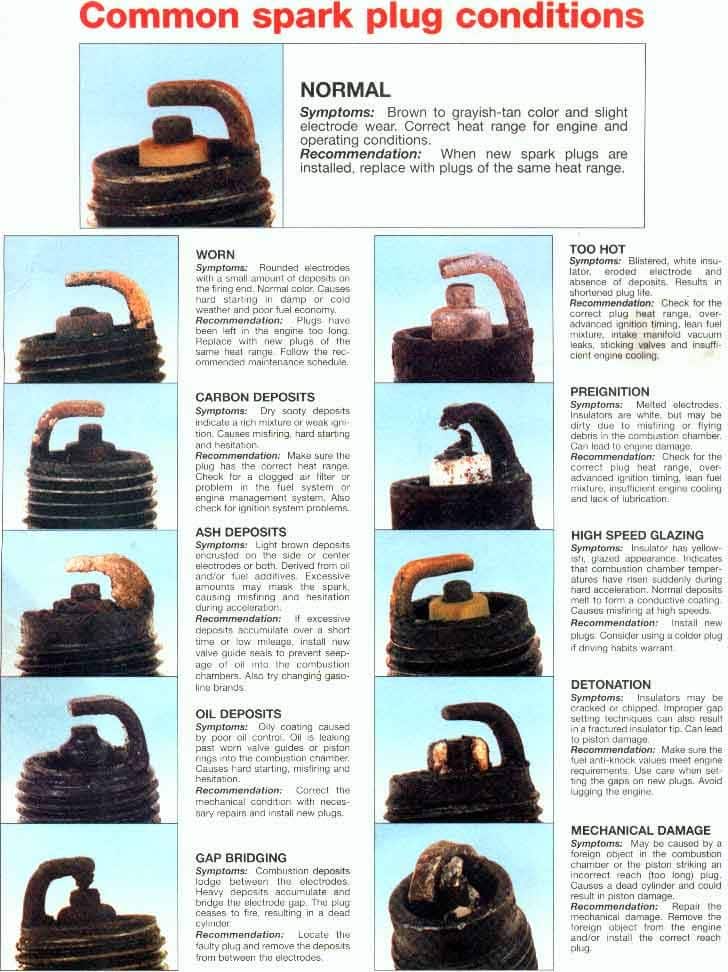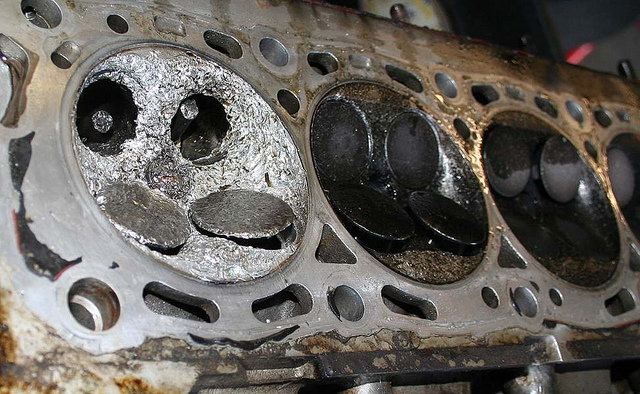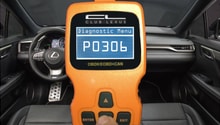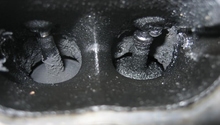Lexus: Why is My Car Misfiring?
Checking out your car is one of the joys of ownership. Here are some simple diagnostics to tell if you have minor or major engine problems.
This article applies to the Lexus IS, GS, ES, RX (2007-2014).
Misfires can be unnerving. In some cases, they mean a Lexus owner might be looking at a very expensive engine re-build. In most cases, luckily, there is a simple and much less expensive remedy. There are certain self-diagnostic tests that you can perform to help determine if you need an engine rebuild or, for example, just need some new spark plugs.
Misfires on the Lexus are most commonly caused by carbon build up on the intake valves that has flaked off and becomes stuck between the valve and the seat, causing a loss of compression. It can last a few seconds to minutes and does not harm your engine, but it can trigger your check engine light. The carbon is caused by oil getting into the intake system. In direct injected engines, there is no fuel to flow over the valves to clean them. The IS 250 has this issue because it uses direct injection only. The IS 350 uses both port and direct injection, so it doesn't suffer from carbon buildup as much.

Materials Needed
- Car keys
- Spark plug puller
- OBD-II reader (optional)
Step 1 - Take a test drive
A rough idle may indicate a carbon buildup problem. To test this, you'll need a bit of space to get up to speed:
- Drive the car up to at least 3rd gear.
- Without slamming on the brakes, depress the pedal hard enough to come to a quick stop.
- Determine if the car is shaking abnormally and feels like it is about to stall.
If the car seems like it is about to stall, the problem is likely a bad carbon buildup situation. Lexus has issued a technical service bulletin for this issue and instituted a customer service program to fix it. Bring the vehicle into a nearby Lexus dealership to see if this might be the problem. If it is, they'll repair it for free if the vehicle is under warranty.
Luckily, this condition is preventable. Carbon build up is a regular problem with direct injected engines—modern Audis and Volkswagens are notorious for this. The remedy is to drive the car to redline regularly instead of driving it like a Camry. The high RPMs and heat will melt and remove the carbon from the spark plugs, pistons, and valves before they collect enough to cause a problem. Remember: "A redline a day keeps the mechanic at bay."
If you find that your car does not shake and nearly stall after the test drive, you may be in luck. Move on to step 2.

Pro Tip
Try using a fuel treatment product that dissolves carbon buildup and restores engine performance first. If you find that it made a noticeable improvement, continue using the product at each fill up or at least every other fill up. Consider using a higher grade of gasoline.
Step 2 - Check spark plugs
A wet and oily spark plug means that oil has leaked into the combustion chamber either from the crankcase and past the pistons, or down through the valve guides. This is really bad. If it is only one plug, then that piston ring likely needs to be replaced. The piston may be beyond repair and need replacing as well. If they are all like this, again, you have a major carbon buildup issue. You can try something like Seafoam first, but a complete engine overhaul may be the only way to go. A burned or blistered plug insulator nose means that the plug is overheating. Gasoline with too low octane or sticking valves may cause this. Again, a good bottle of engine or fuel treatment can help.

Pro Tip
Make sure that you purchase the manufacturer's recommended spark plug brand. Aftermarket plugs that are marketed as high performance or otherwise superior may not be compatible with your Lexus engine.
Step 3 - Take an OBD-II reading
If the Lexus has been misfiring for long enough, it will have probably thrown a check engine light. The light means the Lexus has a diagnostic trouble code stored on its ECU. An easy way to retrieve those codes is by using an OBD-II scanner. Otherwise, take the vehicle to an auto parts store, Lexus mechanic or Lexus dealership, and have them tell you what the codes are. Typically, a misfire triggers the following codes:
- P0300 - Multiple cylinder misfires
- P030(1-8) - Misfire in cylinders (1 through 8)
If there are only misfire codes stored in the vehicle's computer, the issue is probably related to something the computer doesn't have sensors to check. A leaky valve cover gasket, for example, can flood the spark plug cylinders with oil intermittently, causing misfires.

Step 4 - Check cylinder compression
Misfiring is a common symptom of cylinders with low compression. Basically, the air/fuel mixture fails to combust, resulting in a shake and loss of power. The easiest way to check if this is the case is to take the vehicle into a shop and get a compression test on the cylinder that's misfiring. If the cylinder reads 5% or lower than the others, there's a compression problem. Common causes of compression problems include damaged valve seats, cracks or gouges in the cylinder wall, and damaged piston rings.

Featured Video: How to Perform a Compression Check
Related Discussions
- IS250 Carbon Build Up - ClubLexus.com
- IS250 Engine Misfire Explained - ClubLexus.com
- Multiple Misfire CEL Codes and O2 Sensor - ClubLexus.com
- Check Engine Misfire - ClubLexus.com
- P0303 Engine Misfire Cylinder 3 Help - ClubLexus.com






